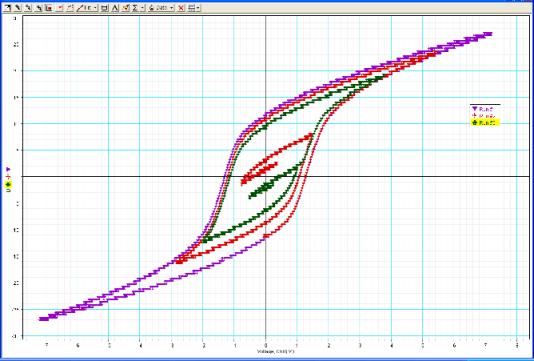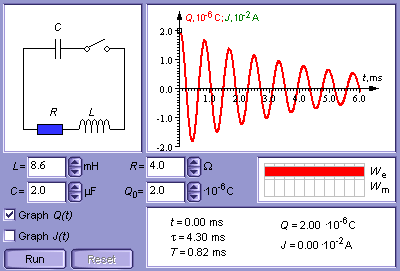Professor Oliver Lodge has done well in connection with Hertz’s work to call attention to old experiments and ideas taken from them by Joseph Henry which came more nearly to an experimental demonstration of electromagnetic waves than anything that had been done previously. Indeed Henry after describing experiments showing powerful enough induction due to a single spark from the prime conductor of an electric machine to magnetise steel needles at a distance of 30 feet in a cellar beneath with two floors and ceilings intervening says that he is disposed to adopt the hypothesis of an electrical plenum and concludes with a short reviewing sentence “It may be further inferred that the diffusion of motion in this case is almost comparable with that of a spark from a flint and steel in the case of light”.
– Lord Kelvin comments in the preface to the 1893 English edition of Heinrich Hertz’s Studies of Electric Waves.
It would appear however that the tendency of the present day is to the accumulation of facts rather than to their critical examination or the discovery of general expressions by which to represent them Electricity and magnetism at the present time consist of almost a chaos of isolated phenomena which can scarcely be called scientific Most of these however I am convinced are capable of being referred to the theory of Franklin or to that of Dufay with the addition of a few supplementary hypotheses analogous to those which we have seen were added to the theory of emission. For example we shall be obliged to admit that in some cases inductive effects are propagated wave fashion and in others that a change in the condition of the ponderable matter plays an important part. Thus as I mentioned at the last meeting of the Association I have found that in the discharge of a Leyden jar through a metallic wire a series of rebounds between the inside and the outside of the jar takes place precisely in the same way as the equilibrium would be restored by a series of waves were a quantity of air condensed in one vessel suffered to discharge itself into another in which a vacuum previously existed. I have also shown that during this discharge a series of inductions take place extending to a surprising distance on all sides of the wire and as these are the results of currents in alternate directions they must produce in surrounding space a series of plus and minus motions analogous to if not identical with undulations.
– Joseph Henry 1851 – ON THE THEORY OF THE SO CALLED IMPONDERABLES Proceedings American Association Adv of Science vol vi pp 84 91 August 21 1851
Blanchard – Bell Technical Journal
Henry_Gluckman_oscillatory.pdf
Henry_Gluckman_outdoor.pdf


Damped oscillatory magnetizing field (H) for the damped cases above.
Felix Savary was the first to notice the oscillatory discharge of a Leyden jar connected to an inductor in 1827. The easiest way to describe what happens during an oscillatory discharge is to imagine an LC circuit. Click here for a detailed explanation of how an LC circuit works.
In both Savary’s and Henry’s experiments, they used a Leyden jar (which is what 19th century scientists used to stores charges, so that it essentially acts as a capacitor) and connected it to a conducting wire twisted into a spiral with many turns (so that it acts as an inductor). In an ideal situation, the current would oscillate indefinitely, but since there is resistance in the wires, energy is dissipated through the resistor as thermal energy so that we would see a damped oscillation instead.
This is an example of what we would see through an oscilloscope:
It is interesting to note that oscilloscopes were not invented until the early 1900s, about a hundred years after Savary’s discovery. Easy to use voltmeters, ammeters, and multimeters were not invented until later as well. So, how did Felix Savary and Joseph Henry reach the conclusion that the Leyden jar discharge was oscillatory without the use of modern technology? By understanding the clever set up and details of Savary’s and Henry’s experiments, we can learn to appreciate the resourcefulness and creativity that early 19th century scientists had while making breakthrough discoveries in electricity and magnetism, a relatively new field at that time.
Henry’s comments about magnetizing a needle at a distance of 30 feet …..
“In extending the researches relative to this part of the investigation, a remarkable result was obtained in regard to the distance at which inductive effects are produced by a very small quantity of electricity; a single spark from the prime conductor of the machine, of about an inch long, thrown on the end of a circuit of wire in an upper room, produced an induction sufficiently powerful to magnetize needles in a parallel circuit of wire placed in the cellar beneath, at a distance of thirty feet perpendicular, with two floors and ceilings, each fourteen inches thick, intervening. The author is
disposed to adopt the hypothesis of an electrical plenum, and from the foregoing experiment it would appear, that the transfer of a single spark is sufficient to disturb perceptibly the electricity of space throughout at least a cube of 400,000 feet of capacity; and, when it is considered that the magnetism of the needle is the result of the difference of two actions, it may be further inferred, that the diffusion of motion in this case is almost comparable with that of a spark from a flint and steel in the case of light.”On Induction from Ordinary Electricity; and on the Oscillatory Discharge
Dated 17 June 1842From “Scientific Writings of Joseph Henry,” vol I p203
Click here for a closer look at Savary’s and Henry’s experiments.
Click here for our modern re-creation of Savary’s experiment.
The Discharge of a Leyden Jar (Oliver Lodge – 1889)
Oliver Lodge Oscillatory Discharge – 1889
